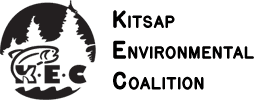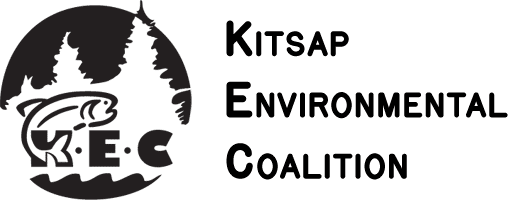COMMENTS FROM THE KEC WORKING COMMITTEE ON THE PROPOSED CAO
-
CLARITY
Standard buffer widths. Actual standard buffer widths must be inferred. Tables 19.200.220(B) through (D) and Table 19.300.315 should be identified as “Widths of Standard Buffers” or “Standard Buffer Widths.”
Table 19.200.220(C) for Category III wetlands is missing the row for ‘high level of function.’ Even though a footnote is present, the missing row is confusing to the reader and makes the table difficult to read. Delete the footnote and insert the row for ‘high level of function.’
19.200.220.B.2
Revise §B.1 to read “The standard buffer widths…”
Delete the first line of §B.1 ,2nd¶, to start “The department shall increase…”
The second ¶ §B.2 is awkward. We recommend text be re-writen.
“Modification, Increase, Reduce, Reduction, & Decrease” terms are not always clear and frequently require prior knowledge or inferences by the reader. We see our suggestion to use “modification”–meaning any change in required buffer width–has been accepted.
The terms “reduction and reduce” are used to refer to buffer decreases in general, as well as to specific methods. The choice of words has been confusing in both the 2007 and 2017 versions and frequently requires the reader to make inferences.
Whereas the term buffer averaging” has a single meaning, the clarity of “Administrative Buffer Reduction” is compromised by non-specific uses of “reduction and reduce.” We suggest “administrative buffer reduction” be given a new name, such as “Buffer Decrease.” Such a convention would allow occasional use of “reduce or reduction” as non-specific words. Other solutions are possible.
19.200.220.C and 19.300.315.
The structure of §C is very confusing and lacks specificity. Staff have stated the intent is to retain the current three mitigation options of Type I buffer averaging, Type II reduction, and Type III variance. However, proposed §C.1 details a four-option structure and §C.2 and C.3 separate buffer averaging from a Type I/II reduction. Theoretically, a third-party could force the department to allow buffer averaging outside of departmental decision, notification, or public review.
The identical problem also exists in proposed 19.300.315.A.4.
There are different approaches to addressing the above confusion and we advise that such corrections meet the standards of being clear to a new reader and not allowing alternative interpretations.
-
ASPIRATIONAL CLAUSES
Aspirational terms, such as “consider, encourage, or may,” have no enforceable meaning and are essentially irrelevant to the code and policy. We recommend either deletion or a requirement for action, as appropriate.
Reject the insert and deletion for 19.100.105.B.11. We support existing code language seeking to “prevent cumulative adverse environmental impacts.”
For 19.100.105.B.13, we support a positive requirement:
“Applicants shall address the impact of climate change and sea level rise if the proposed development is near a marine shoreline, flood hazard area, or low-lying area.”
19.200.220.B.1. Replace second paragraph:
“For degraded buffers, the department must require enhancement of buffer functionality and/or increase the buffer above the required standard buffer width in Tables 19.200.220(B) through (E). The department shall consult with the Washington Department of Fish and Wildlife and affected Tribe(s).”
Revise 19.200.220.B.
- B.1 “The department may shall increase buffer widths…”
- B.2 “…the buffer width may shall be increased…”
-
PUBLIC NOTIFICATION
Any buffer modification should require public notification. Therefore, the Type I process should not be used.
Current public notification only requires publishing in the Kitsap Sun. That newspaper has not had reliable delivery in the past. The department should work with the Board to provide reliable electronic notification, such as augmenting the current email notification system with a choice for “zoning, stormwater, and critical area decisions and approvals.”

